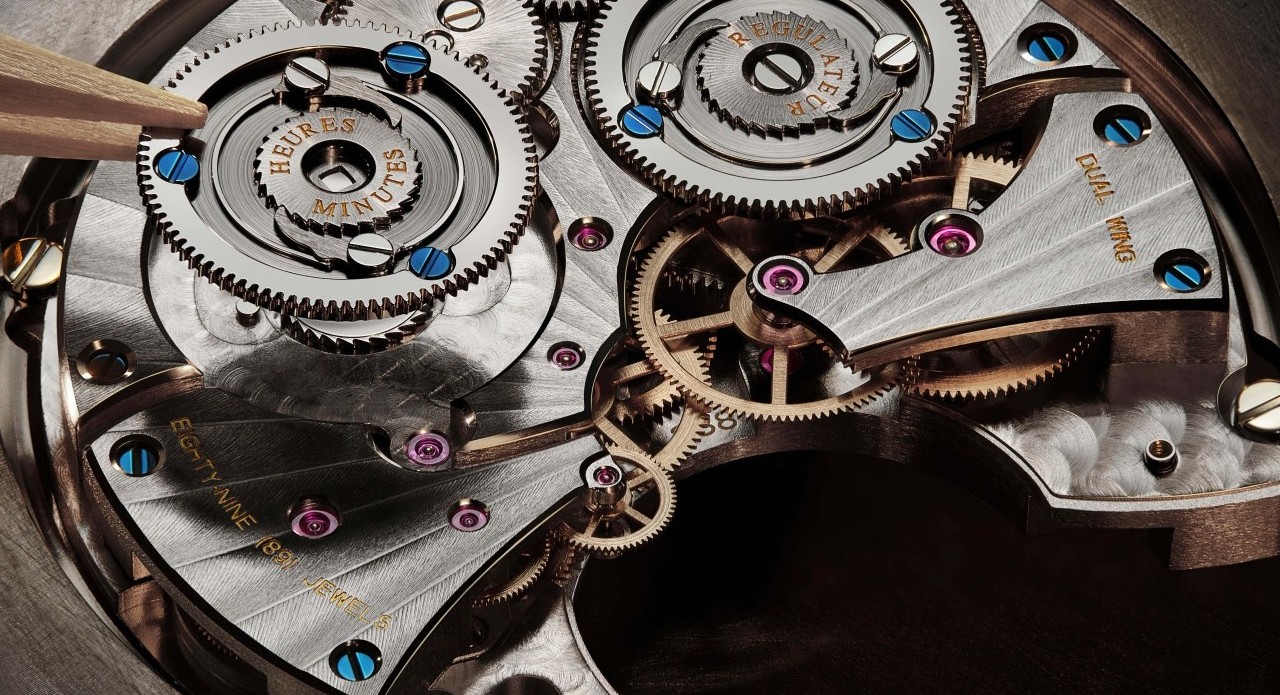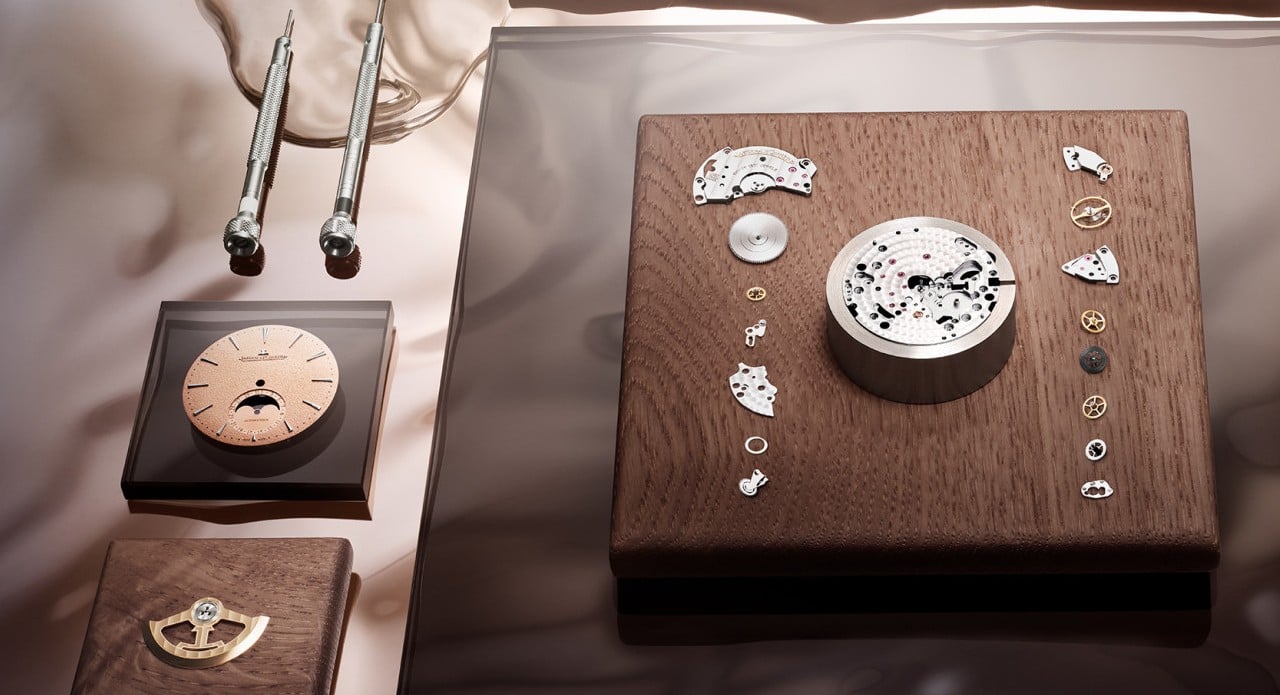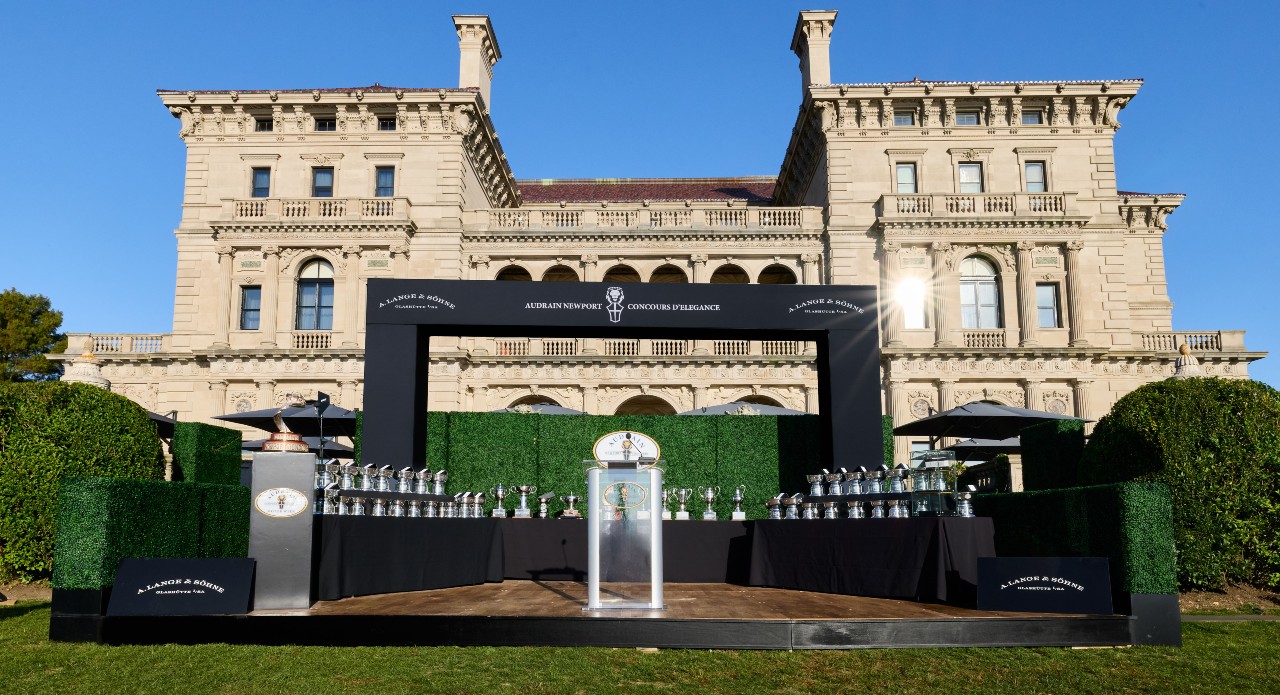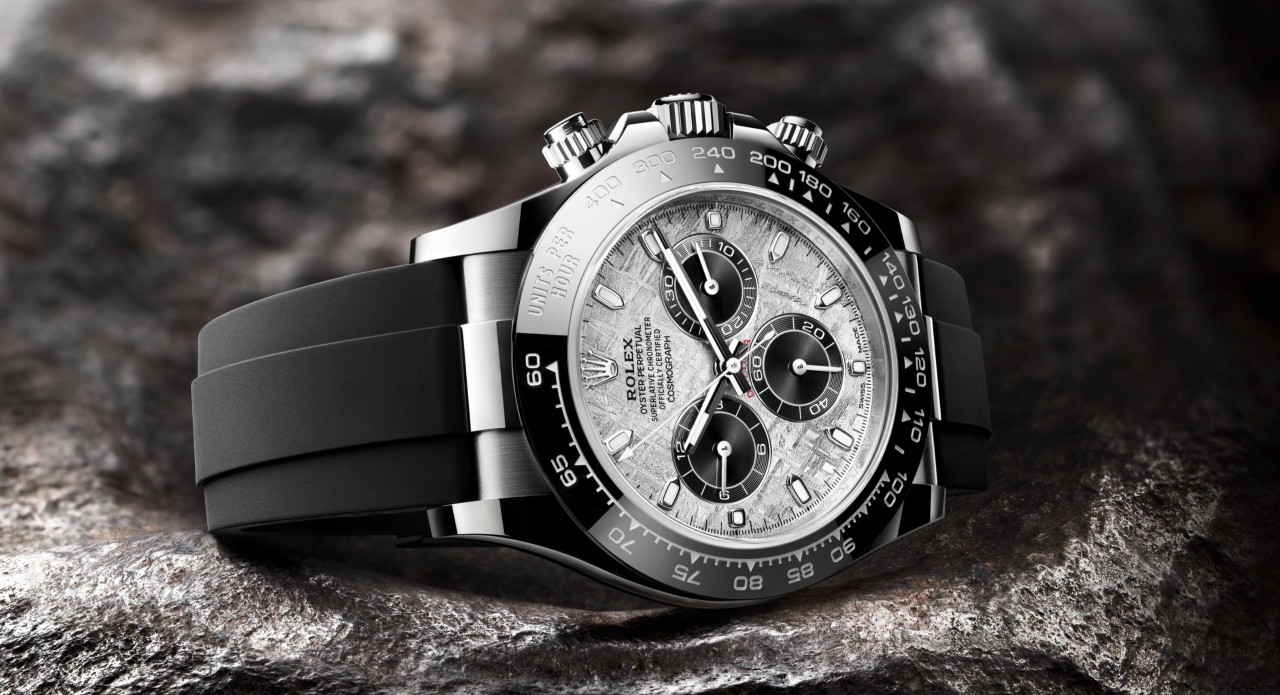Every revolutionary idea in watchmaking isn’t always a gear, a jewel, or some elaborate complication. Sometimes, it’s a tiny spiral of metal no bigger than a fingernail. The balance spring—humble, delicate, and often overlooked—is one of the greatest engineering feats in the history of timekeeping. Without it, precision would still be guesswork, pocket watches would still behave like moody divas, and the wristwatch might never have evolved into the reliable instrument we know today. Yet for all its importance, the balance spring’s origin story reads like an 18th-century thriller: rival geniuses, fiercely guarded letters, blurred timelines, and a battle for credit that still sparks debate among horological historians. So who truly invented it? The answer is both fascinating and contentious—and far more dramatic than the tiny coil might suggest.

Who Invented The Balance Spring?
The history of the balance spring is a saga of innovation layered with rivalry. Before its invention, watches were notoriously unreliable. Early portable timekeepers relied solely on the balance wheel, which oscillated freely and inconsistently. Temperature changes, friction, and imperfect craftsmanship made accuracy nearly impossible. A portable watch could gain or lose hours within a single day. The world needed a regulating mechanism, something that could tame the wobble of the balance wheel and impose discipline on its motion.
The solution eventually arrived in the form of a thin, coiled spring. When attached to the balance wheel, it ensured that each oscillation happened at a consistent rate. This transformed the watch from a decorative accessory into a timekeeping instrument. But who conceived this idea first? The debate has two dominant contenders.

Many newcomers to watchmaking assume the balance spring has some connection to power reserve, but the two are entirely unrelated. The balance spring does not store energy, nor does it regulate how long a watch runs. That job belongs to the mainspring, the coiled strip inside the barrel that slowly unwinds to deliver power to the movement. The balance spring instead governs how consistently that energy is released. It ensures the oscillations of the balance wheel remain steady, allowing the watch to measure time accurately. In short, the mainspring determines how long a watch runs, while the balance spring determines how well it keeps time.
For many in the scientific community, Christiaan Huygens is celebrated as the father of the balance spring. A brilliant Dutch physicist, mathematician, and astronomer, Huygens had a relentless curiosity for understanding time. In 1675, he developed a spiral-shaped spring attached to a balance wheel and quickly realised its revolutionary potential. He presented his design to the Paris Academy of Sciences, filed drawings, and worked with the renowned French clockmaker Isaac Thuret to create prototypes. Huygens documented his invention extensively, and his surviving manuscripts provide clear evidence of his development process. As a result, he is widely credited as the official inventor.
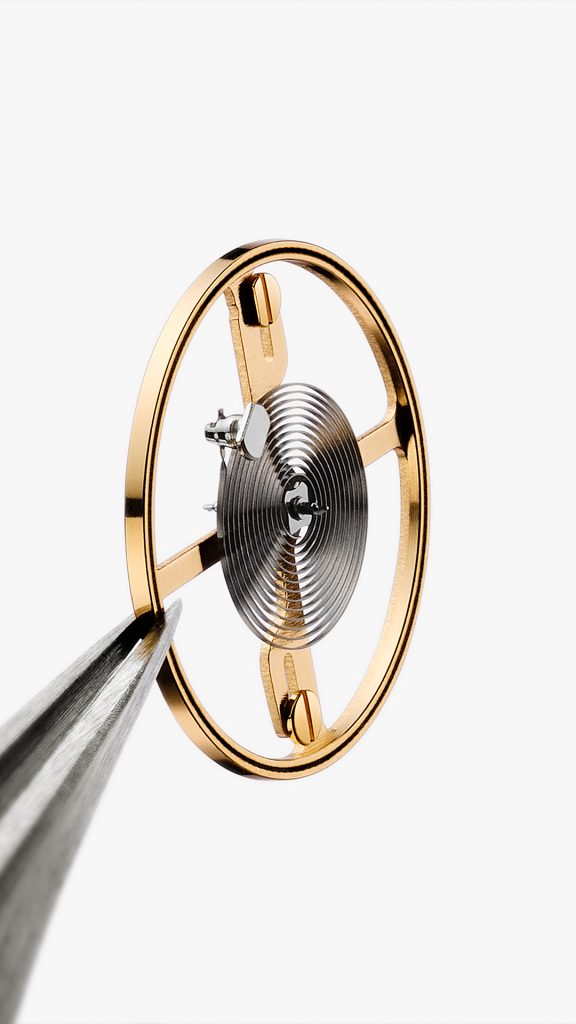
Once the balance spring became a standard component, watches entered a new era. Accuracy improved dramatically. Portable timekeeping suddenly became viable—not just for gentlemen’s pockets, but for navigation, astronomy, and scientific work. Seafaring nations soon realised the balance spring’s strategic importance, as precise timekeeping enabled accurate longitude calculations. Watchmaking as a craft surged, taking major strides in both innovation and aesthetics. Early inventors refined the shape of the spiral, experimented with materials, and introduced temperature-compensating alloys.
Over the centuries, master watchmakers built upon the foundation laid by Huygens, Hooke, or perhaps both. Abraham-Louis Breguet introduced the Breguet overcoil, a raised terminal curve that improved the concentric breathing of the spring. Patek Philippe refined spring metallurgy. Rolex pioneered Parachrom alloys, resistant to magnetism and temperature shifts. Every leap forward in mechanical accuracy can trace its DNA back to that original, ingenious coil. Today, in an era of quartz precision and atomic clocks, the balance spring remains a symbol of horological art. It continues to beat at the heart of mechanical watches, its rhythmic pulse a reminder of human ingenuity. The debate over its true inventor may never be fully resolved—but perhaps that ambiguity is part of its charm. It embodies the messy, brilliant nature of invention: simultaneous inspiration, rival minds, imperfect documentation, and a result so transformational that its origins fade before its impact.
